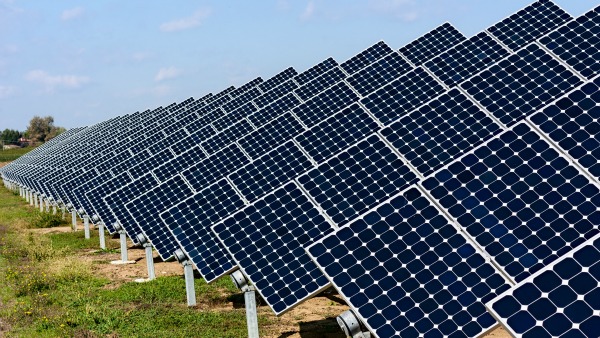On June 3rd, 2015, Egypt, with a population of 88 million people and 27,000 Mega Watts of installed electricity capacity, announced a contract agreement with Siemens AG of Germany for the development of additional 16,400 megawatts of renewable energy based on a combination of wind power and natural gas technologies. Based on this agreement and the associated rollout timetable, Egypt expects to increase its electricity generating by 30% by year 2020.
By comparison, on August 12th, 2015, Nigeria with a population estimated at 181 million and a generating capacity of 5,900 Mega Watts of electricity, released a document titled *Draft Feed In Tariff for Renewable Energy Sourced Electricity* for Nigeria. As per this draft Nigeria Electricity Regulatory Commission document (NERC), a limit of 2,000 Mega Watts was earmarked for all renewable energy sources deployable into the Nigeria GRID by year 2020. Of this amount, only 387 MW was earmarked for solar electricity.
There is something gravely disturbing with the picture these figures present. It is very easy to understand why these paltry numbers are put out by NERC.
The electricity generation, transmission and distribution eco-systems in Nigeria is still very weak; the DISCOs are still struggling to upgrade their networks, purchase meters and pay their bills; and until planned upgrades are completed, the transmission GRID is unstable and has limited capacity to accept additional generation; and in some cases the distribution networks may be technically unfit to receive any increase in electricity supply from the GRID. These factors are compounded by the fact that the Nigerian consumer, perennially harassed with electricity bills that have little correlation with actual services received, combatively resists any increases in electrical tariffs – no matter what arguments put forth by the DISCOs!
Understandably, in the case of renewables, NERC, acting within their interpretation of the existing regulatory framework, must of necessity think SMALL, and must frame the renewable energy strategy in small numbers. We believe this is the time to think big and regulate creatively and decisively.
To meet the country’s near term daytime electricity demands, we propose a careful design and introduction of a two tiered (time of day) tariffing mechanism that, even under existing infrastructure limitations, can support an aggressive deployment of solar energy in Nigeria over the next three years. Why solar? Amongst Renewable Energy technologies, Solar has some very unique features that suggest it must be given special consideration in crafting Nigeria’s energy policy:
Solar energy can be generated cost effectively anywhere in Nigeria with better efficiencies in the northern parts of the country; with sunlight everywhere, it is probably the only renewable energy development that can be sited anywhere in the country without destabilizing the grid and local distribution networks . Recent advances technical performance and cost of storage technologies make this feasible.
Solar only generates electricity during the day – the same period of time a significant number of electricity consumers in Nigeria may be willing to pay slightly more for guaranteed electricity supply. It is arguable that most commercial enterprises in Nigeria will welcome a slight increase on daytime tariffs to running their diesel generating sets. Under this flexible tariffing scheme, an additional 3,000MW of solar electricity can be commissioned within 3 years in a way that provides adequate protection to off-peak (evening and night), mostly residential consumers.
It is also arguable that during this energy transition era, most Nigerian homes can suffice with twelve hours of off-peak (5pm – 9am) electricity supplied at normal rates. And of course there are serious metering challenges that must be addressed under this proposed scheme. The alternative, however, is for the nation to be stuck with a ten year gestation needed for other forms of energy to develop from concept to actual wattage on the GRID.
Solar panels account for 60% of the cost of a typical utility scale deployment; hence, large scale deployments envisaged under this scheme can spawn local solar panel manufacturing in Nigeria – possibly within the next 12 months. No other electrical energy source offers such a tremendous potential for content localization. Some internationally reputed panel manufacturers have already sent representatives to Nigeria to size up the feasibility of manufacturing solar panels in Nigeria.
And most importantly, with projected 10% annual reduction in solar panel costs over the next few years, the cost of solar energy is riding on an aggressive trajectory to achieve parity with traditional fossil fuel energy sources such as gas. Can Nigeria afford to miss this ride?
It is my humble submission that if the foregoing factors are carefully considered and deftly weaved into our national renewable energy policies,
Nigeria will be able to use solar energy to take a big bite off the severe energy shortfall that continues to undermine our national developmental efforts.
This article was originally published on Daily Trust




 Premier League
Premier League